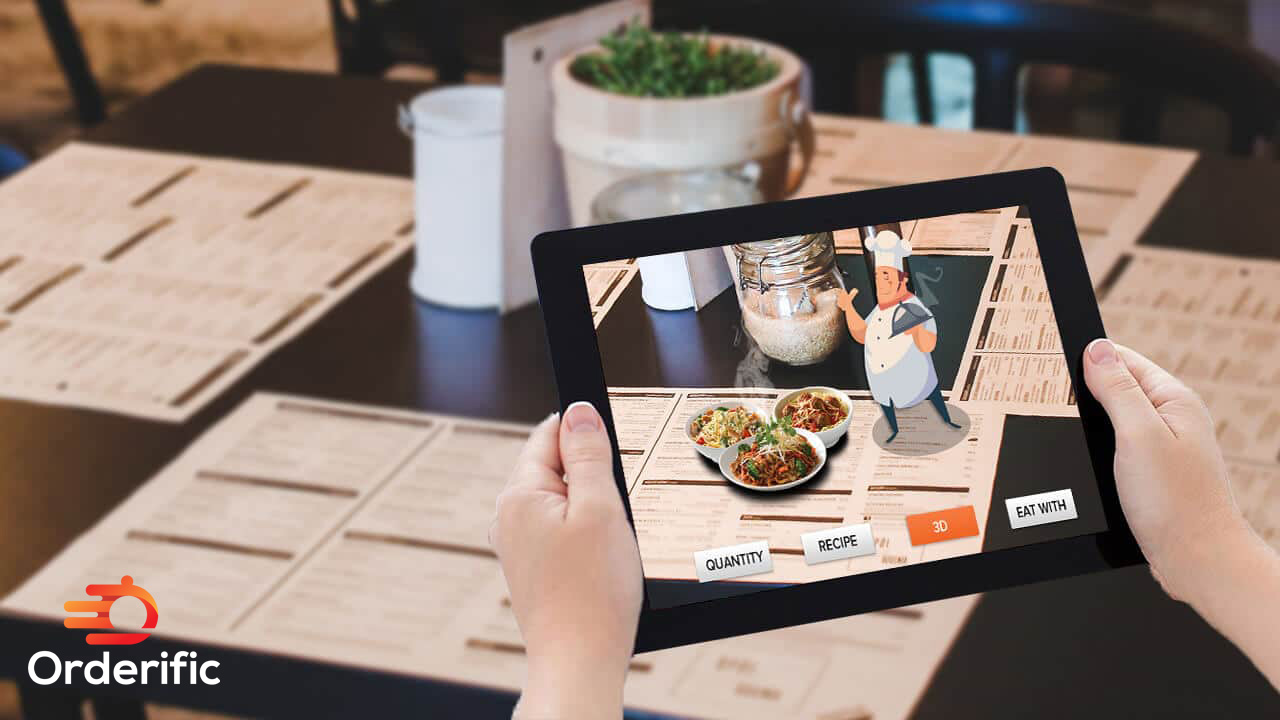According to a study, French cuisine is one of the most famous cuisine, followed by Asian and Italian, with a food service market size of $111.4 billion recorded in 2021. The use of high-quality ingredients differentiates French cuisine from others.
French cuisine has a rich and colorful history due to its formal techniques, emphasis on fresh ingredients, and dish presentation. French cooking utilizes fresh and seasonal ingredients, which lays the foundations of fine dining for many other styles and cuisines.
Let’s find out the ways French food and culture have evolved.
History of French Food
The first French cookbook published by Francois Pierre La Varenne in 1651 was Le Cuisinier Francois. It inspired many chefs to record their cooking techniques. However, the documented cooking techniques or cookbooks weren’t available until 1600.
French cuisine expanded beyond France’s borders when chefs from different parts of the world studied these published cooking guides.
Later, the French shared their culinary knowledge and cooking techniques when they colonized other countries, including parts of Asia, Africa, North America, and the Caribbean, during the 1700s and 1800s.
The French revolution further spread the study of cooking.
Marie-Antoine Careme, a French chef referred to French cooking as a sophisticated art form that requires technique and precision. Careme recipe books made French cuisine more available for everyone.
With the rise of haute cuisine, French meals became smaller, and dish presentations became more detailed and elegant. Haute cuisine means high cuisine, which refers to a shift in French cooking from focusing on abundance and quantity to moderation and quality.
Georges Auguste Escoffier, known as the King of Chefs, brought haute cuisine to the modern world. This revolutionised the way French food is presented and served till date.
In the 1900s, the French cooking style evolved as nouvelle cuisine, which uses high-quality, fresh ingredients, lighter meals, and attractive presentations. Nouvelle cuisine placed greater emphasis on precision in dish presentation.
The Foundations of French Food
French cuisine is very complex and may take years to master. The essential components of French cuisine are technique, ingredients, and the dining experience, which requires careful presentation.
French dishes often use fresh, naturally produced ingredients transformed by artful techniques. Wine, cheese, olive oil, and seasonal vegetables are just a few staples of French cuisine.
French cooking techniques require skills, patience, and attention to detail. Various herbs and spices like tarragon and nutmeg play an important role in adding a depth of flavor to French dishes.
Here are four French cooking methods that all chefs follow:
- Saute: To saute means to jump in French. In saute technique, cooking ingredients are tossed in a pan coated with olive oil or butter over medium to high heat. Lamb chasseur is a famous dish that is prepared using the saute technique.
- Braise: Braise technique involves dishes cooked in a covered pot over low heat until the products are tender. After this, the ingredients are slowly cooked in fat, stock, or wine to bring complex flavors with soft and tender bites.
- Confit: Confit is a french cooking technique that can preserve meat. You can confit many vegetables such as garlic or potatoes. Duck confit is prepared using this technique.
- Flambe: Flambe technique involves the use of flammable alcohol to make desserts. When the alcohol is heated, it leaves the liquor flavor while burning. Cherries jubilee is prepared using this technique.
Does French toast come from France?
No, French toast doesn’t come from France. Like many other creations, French toast also came from ancient Rome. In France, French toast is called pain perdu, which means lost bread, a recipe for reviving stale bread.

The famous royal chef Tallivent mentioned French toast as a recipe called tostées dorées in the 14th century. However, the name pain perdu first appeared in the 15th century.
The consensus is that French immigrants brought the recipe to North America and hence they are misunderstood as French food. There are numerous regional variations and names of pain perdu in France. Yet, pain perdu is not widely consumed in France today.
You can serve French toast with apple jam. You can fill it with English muffins, Belgian waffles, French fries, and orange-flavored triple-sec.
Are French Fries Truly French?
A survey shows that the average American consumes 29 pounds of French fries a year, which is about 77 large-sized servings of McDonald’s fries. The poll reveals that French fry is the favorite snack of toddlers.
The French fries are not actually French food. Some claim that fries originated in Belgium, where fish-deprived villagers along the River Meuse fried potatoes in winter when the river froze.

Also, a petition has been filed to UNESCO to endorse the fry as an official icon of Belgian cultural heritage.
A study shows that french fries were discovered by American soldiers fighting in Belgium during World War I. They named the tasty potatoes French fries since the dominant language of southern Belgium is French.
French fries were reportedly first sold by a street vendor on Paris Pont Neuf in the 1780s. Thomas Jefferson was the first person to introduce the French fry to America. Jefferson experienced them while serving as American Minister to France from 1784 to 1789.
French fries first became popular in the 1900s, but these were known formally as French fried potatoes until the late 1920s. Then the name was shortened to French frieds, later French fries, and finally just plain fries in the 1960s.
People eat French fries globally, but in different ways.
- Americans generally eat their fries with ketchup
- French prefer mustard
- Britishers prefer vinegar
- Japanese flavor with green curry or soy sauce
- Canadians serve topped with gravy and cheese curds
- Malaysians eat with chili sauce
- Belgians eat with mayonnaise
A report shows that Belgians eat more French fries than French and have more French fry vendors per capita than anywhere else in the world. Belgium also inherits the world’s first and only French Fry Museum in Belgium.
So French fries truly belong to Belgian tradition.
How the Orderific app can help
Orderific enables restaurant owners to set up a digital menu, website, loyalty programs, and payment process for free. It also let them store their financial transactions, track stock details and manage inventory for free.
Automated inventory management through Orderific can help you plan what to reorder and when. Orderific increase your chance of success and profitability by offering:
- Efficient POS systems
- Menu customization
- Accurate insights and reports
Orderific app is an easy-to-use free web-based service that does not require heavy software downloads. It can enhance customer experience through
- Digital menus for tableside ordering
- Integrating payments with loyalty programs
- Providing nutritional and calorie value of dishes
- Offering access to discounts and coupons
You can connect with our team to discuss the benefits in detail.
FAQs
What are traditional French dishes?
Traditional French dishes include Coq au Vin, Beef Bourguignon, Croissant, Ratatouille, and Crème Brûlée, among others.
What characterizes French food?
French food is characterized by its emphasis on fresh, high-quality ingredients, precise cooking techniques, and rich, flavorful sauces.
What is so special about French cuisine?
French cuisine is special due to its culinary heritage, regional diversity, meticulous preparation, and the art of balancing flavors and textures.
How is French food different?
French food differs from many cuisines through its strong emphasis on sauces, intricate cooking methods, and the use of herbs, wines, and butter in many dishes.












